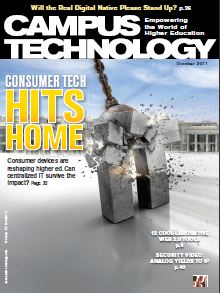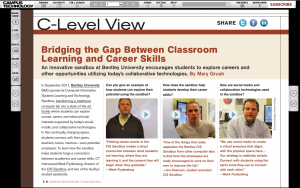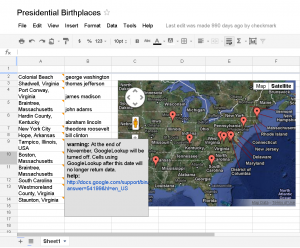 Check out the latest list of Web 2.0 collaboration tools in this month’s Campus Technology magazine. I was one of the “self-confessed web 2.0 junkies” interviewed for the article. The others were:
Check out the latest list of Web 2.0 collaboration tools in this month’s Campus Technology magazine. I was one of the “self-confessed web 2.0 junkies” interviewed for the article. The others were:
Matt Brinton
Matt Brinton is the interim assistant director of student activities at Metropolitan State College of Denver, as well as the NASPA Region IV-W technology knowledge community representative.
Kimberly LaPrairie
Kimberly LaPrairie is the coordinator of the Master of Education in Instructional Technology program at Sam Houston State University (TX), and an assistant professor in curriculum and instruction. She uses numerous web 2.0 tools in her courses, most of which are completely online.
Alexandra Pickett
Alexandra Pickett is the associate director of the award-winning SUNY Learning Network, the asynchronous learning network for the State University of New York. She also teaches Introduction to Online Teaching in the online CDIT master’s program at the University at Albany (NY).
This year’s batch of collaboration tools includes amplify, audioboo, dropbox, eventbrite, factual, glogster, join.me, jumpscan, pbworks, quora, voki, and zamzar. How many do you use in your class?



 Check out the latest list of Web 2.0 collaboration tools in this month’s
Check out the latest list of Web 2.0 collaboration tools in this month’s 
